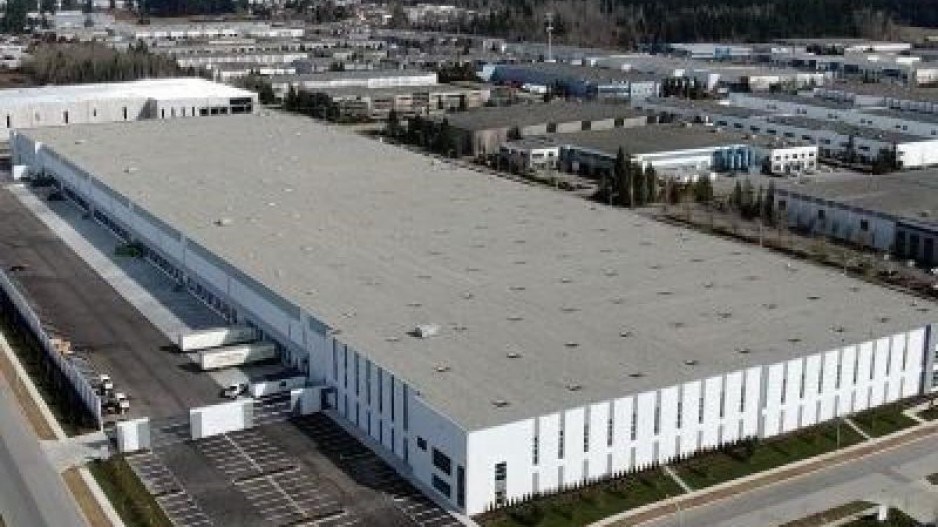Strikes at B.C. ports this year, higher financing costs and a slowing provincial economy are opening the first cracks spotted in B.C.’s formidable industrial real estate sector in three years, industry sources warn.
The B.C. government is forecasting anemic GDP growth of 0.8 per cent in 2024 and RBC says it could dip even lower, to 0.5 per cent.
Metro Vancouver continues to have among the lowest industrial vacancy rates in Canada, but that rate increased 40 basis points in the third quarter (Q3), compared to the second quarter, to reach 1.6 per cent.
“While still low, it is the highest rate reported since the fourth quarter of 2019. Notably, it has also tripled year-over-year,” said Svetlana Lebedeva, research manager at Cushman & Wakefield, Vancouver.
The increase in vacancy was mostly fuelled by new construction completions and the influx of vacant sublease space. Out of 2.7 million square feet of new inventory in the third quarter, approximately 250,000 square feet was added as vacant, Lebedeva noted.
Cushman & Wakefield’s Q3 industrial report added that an apparent surge in leasing activity to more than 1.3 million square feet in Q3 was skewed by a single e-commerce tenant taking a total of two million square feet in two new industrial buildings in Burnaby and Pitt Meadows.
Without this significant space absorbed, overall net absorption would have been close to negative 650,000 square feet, “indicating softening tenant demand in the industrial market,” the report cautioned.
Sales of industrial assets have also declined, with total transactions down 42 per cent, quarter-to-quarter. Cushman & Wakefield cites increased lending rates among the “challenging borrowing conditions leading to termination of many deals, despite incentive packages being offered to potential buyers.”
Lease rates are stable but remain the highest in Canada at an average of $21.12 per square foot, which has persuaded many owner-occupiers to purchase industrial strata space rather than rent.
Meanwhile, construction of new industrial has hit a record high with 9.1 million square feet being built and 6.2 million of new supply completed this year. However, 67 per cent of all the new space has already been pre-leased or pre-sold, Cushman & Wakefield confirmed.
But, as others have warned, JLL Canada, in a separate industrial study, found that “land constraints and unaffordabilityconcerns continue to push businesses out of Metro Vancouver, leading to losses in potential employment and industrial business opportunities.”
The Greater Vancouver Board of Trade estimates that industrial moves to Calgary alone account for an average of about one million square feet annually.




